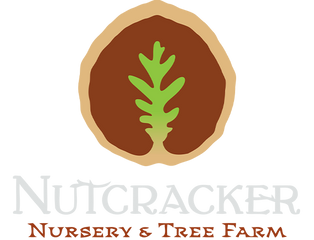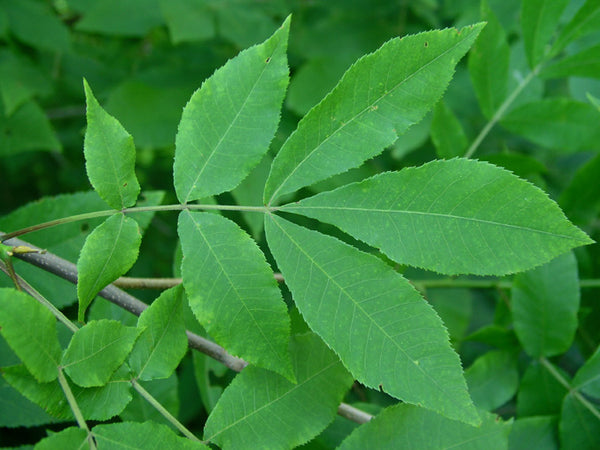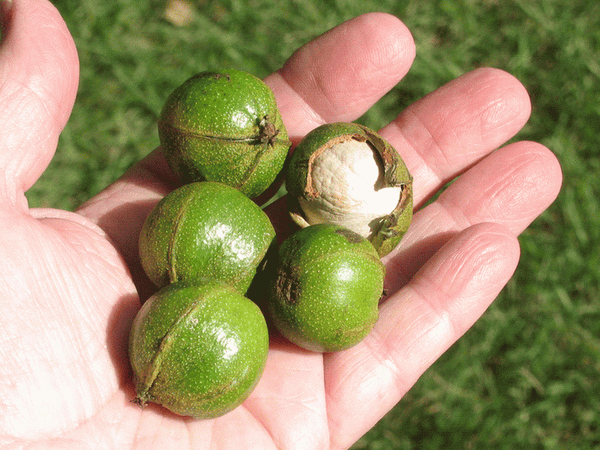Bitternut hickory, Carya cordiformis
Shipping calculated at checkout
Only 1 in stock
Need more? Contact us
Carya cordiformis, the Bitternut Hickory, is a large pecan hickory. It is the shortest lived of the hickories, living to about 200 years. It is a large deciduous tree, growing up to 35 meters tall (exceptionally to 47 m), with a trunk up to 1 m diameter. The leaves are 15-30 cm long, pinnate, with 7-11 leaflets, each leaflet lanceolate, 7-13 cm long, with the apical leaflets the largest but only slightly so. It is closely related to the Pecan, sharing similar leaf shape and being classified in the same section of the genus Carya sect. Apocarya, but unlike the Pecan, it does not have edible nuts. It is most readily distinguished from the Pecan by the smaller number of leaflets, with many leaves having only 7 leaflets (rarely fewer than 9, and often 11-13, in the Pecan). Bitternut hickory grows in moist mountain valleys along streambanks and in swamps. Although it is usually found on wet bottom lands, it grows on dry sites and also grows well on poor soils low in nutrients.Bitternut is used for lumber and pulpwood. This is also a good tree for increasing the value of your woodlot like the oaks do. Because bitternut hickory wood is hard and durable, it is used for furniture, paneling, dowels, tool handles and ladders. Like other hickories, the wood is used for smoking meat, and by Native Americans for making bows. Bitternut hickory seeds and its bark are eaten by wildlife.
Hardiness Zones
Specific port
Growth speed
Flowering period
Number of years for production
16 à 20 ans



